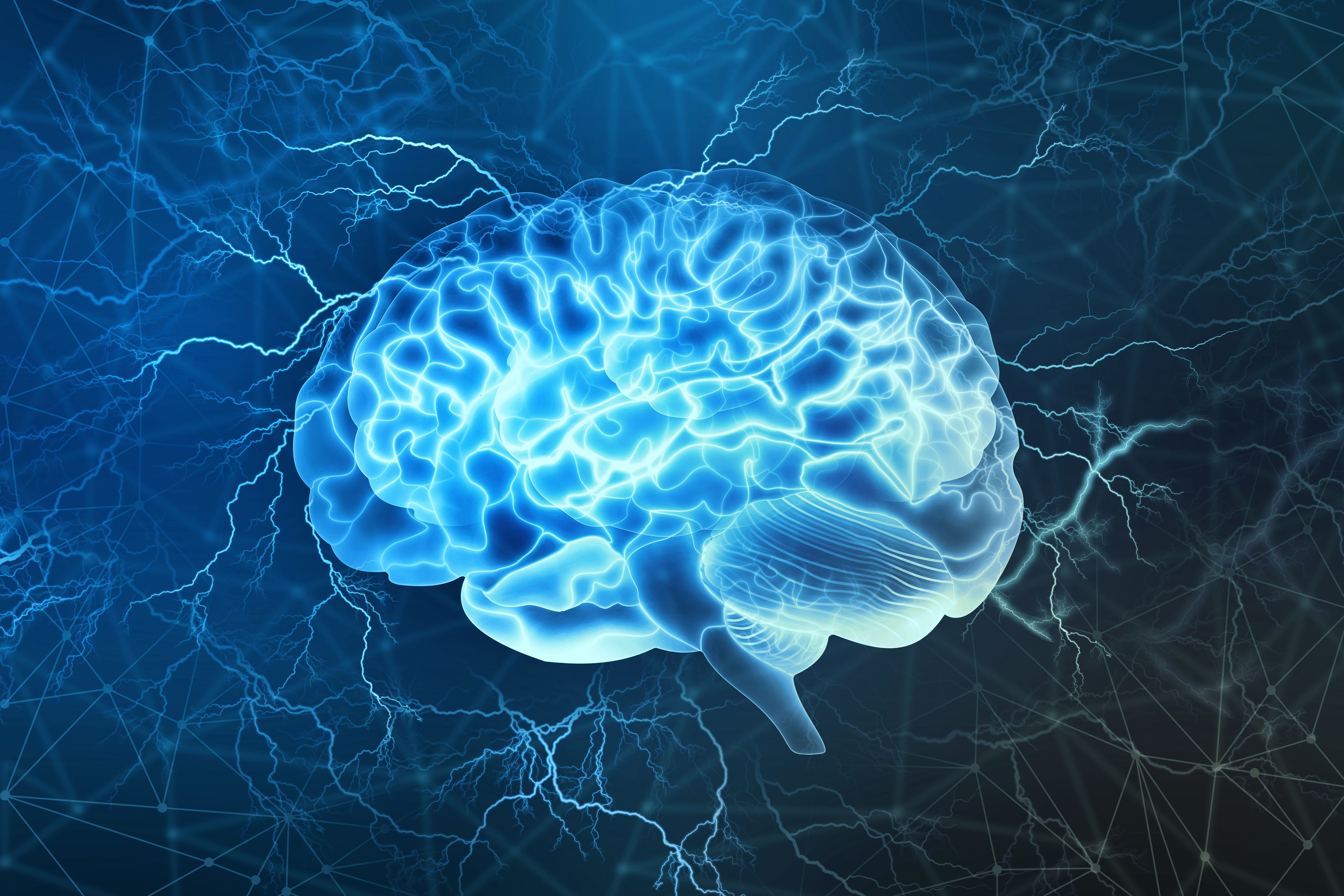Executive function following risk-reducing salpingo-oophorectomy
New research indicates that adverse childhood experiences (ACE) and current mood may contribute to cognitive distress and poor executive function following risk-reducing salpingo-oophorectomy (RRSO).

New research indicates that adverse childhood experiences (ACE) and current mood may contribute to cognitive distress and poor executive function following risk-reducing salpingo-oophorectomy (RRSO). The research, which appeared in Menopause, notes that although RRSO may significantly lower breast and ovarian cancer risk for patients, there are several important consequences to consider and assessing history of ACE and current anxiety may help identify women who will experience cognitive issues following surgical menopause.
Methods
For this study, participants completed an online survey that assessed mood, cognition, menopausal symptoms, childhood adversity, and medication use. Participants included women over 30 years of age, had BRCA1 or BRCA2 mutations, and had undergone RRSO to reduce the primary risk of breast or ovarian cancer. The subjective executive function of the participants was assessed using a modified Brown Attention Deficit Disorder Scale (BADDS), which measured five domains: 1) organization and activating for work; 2) sustaining attention and concentration; 3) alertness, effort, and processing speed; 4) managing affective interference; and 5) working memory and accessing recall. Participants also completed two neuropsychological tasks probing executive function domains for objective assessment of executive function. The ACE questionnaire was used to evaluate history of child abuse, neglect, and household dysfunction. For this study, participants with an ACE score ≥ 2 were deemed “high ACE” participants and participants with an ACE score < 2 were deemed “low ACE.” Depressive and anxiety symptoms were assessed using the 14-item Hospital Anxiety and Depression Scale.
Findings
The authors noted that the final sample of participants was 552. The authors found that ACE was associated with higher age-residualized total BADDS score (n = 493, adjusted mean difference (aMD) = 7.1, P = 0.0005) as well as each BADDS subscale. They also noted that chemotherapy use was negatively associated with sustained attention (aMD = 0.17, P= 0.006). However, it was not associated with subjective symptoms or working memory. ACE was significantly associated with greater mood symptoms (aMD = 2.1, P = 0.0003) and mood symptoms were significantly associated with age-residualized total BADDS scores (coefficient = 2.1,P < 0.0001). Also statistically significant was the estimated indirect effect of ACE on total BADDS through mood (aMD = 4.48, P = 0.0004), an indication that mood symptoms partially mediate the association between ACE and total BADDS score (62.8% mediated; 95% CI: 42.3% - 100%).
Conclusions
The authors believe that their findings indicatethat the relationship between ACE and executive dysfunction is partially mediated by mood symptoms. High ACE women performed worse on executive function tasks and reported more symptoms of cognitive dysfunction. These findings reinforce the importance of gathering a patient’s history and assessing her depressive and anxiety symptoms before RRSO in order to properly counsel her on the associated risks.
